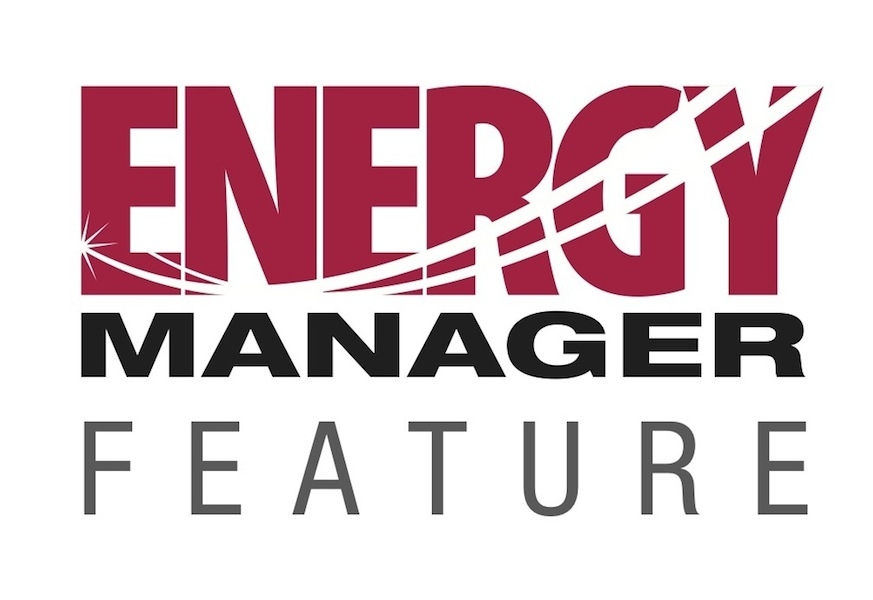
News
FEATURE – Solar Shading Contributes to LEED and Green Design
January 11, 2012 - The purpose of this article is to go beyond the quantifiable opportunities for solar shading to the LEED Green Building Rating System by outlining many qualitative points of solar shades which, when properly designed and installed, provide the end user better use of the space.
January 11, 2012 By Lutron

Solar shading can contribute to overall employee productivity. The greatest single asset of a business, employees are more productive when given a properly lit environment—especially when daylight and views are present. They would have a visually stimulating environment, as we humans respond well to variations in lighting levels, comfortable contrasts and pleasant changes in light and shadow. Research has shown that daylight and views—when properly controlled—not only improve productivity, but may also contribute to reducing absenteeism and illness.
Controlling solar gain, daylight, views and glare are a consideration in almost every project. However, this consideration should be early on in the design process and part of the energy calculations. Manually controlled or fixed shading will not be as efficient as some sort of automated response to changing outdoor conditions. Also, automated shading systems can also be controlled by sensors, or even respond to occupancy of the space.
Both solar gain and glare control should be equally studied on every project. In many cases, priorities are given to glazing products with good heat gain properties but glare control is not addressed, resulting in spaces that produce glare. This is especially the case when the wrong solar fabric is selected, or shades are simply eliminated from the project. In these cases, you are trading off energy savings versus comfort level and productivity for employees.
According to the LEED rating system, glare control is perhaps the most common failure in daylighting strategies.
It’s also worth noting that most projects are good prospects for daylighting, although the word daylighting is frequently misunderstood. Daylighting refers to a fully integrated system where daylight is harvested to contribute to the overall illumination of the space (without causing negative effects to the building occupants) while supplemented by electrical lighting via a lighting control system.
In daylighting, you cannot have one system without the other; unfortunately, each system is treated separately from the other (not integrated) in many cases, or one is simply eliminated from the project, which compromises the overall intent of daylighting. When properly designed, a fully integrated daylighting system can provide many advantages beyond minimum LEED requirements and credits.
Solar shading may also contribute to the overall aesthetics of a building facade or interior décor. In projects where a single colour is required on the outside, shades can help maintain a singular look of the building facade. Automating the shades to operate at certain times definitely helps create a cohesive look of the exterior. Interiors can also benefit from the use of solar shades beyond the functionality aspect, as new fabrics in the industry provide the design community with many colours and textures to put just the right finishing touch in an interior space.
— With files from Lutron
Print this page